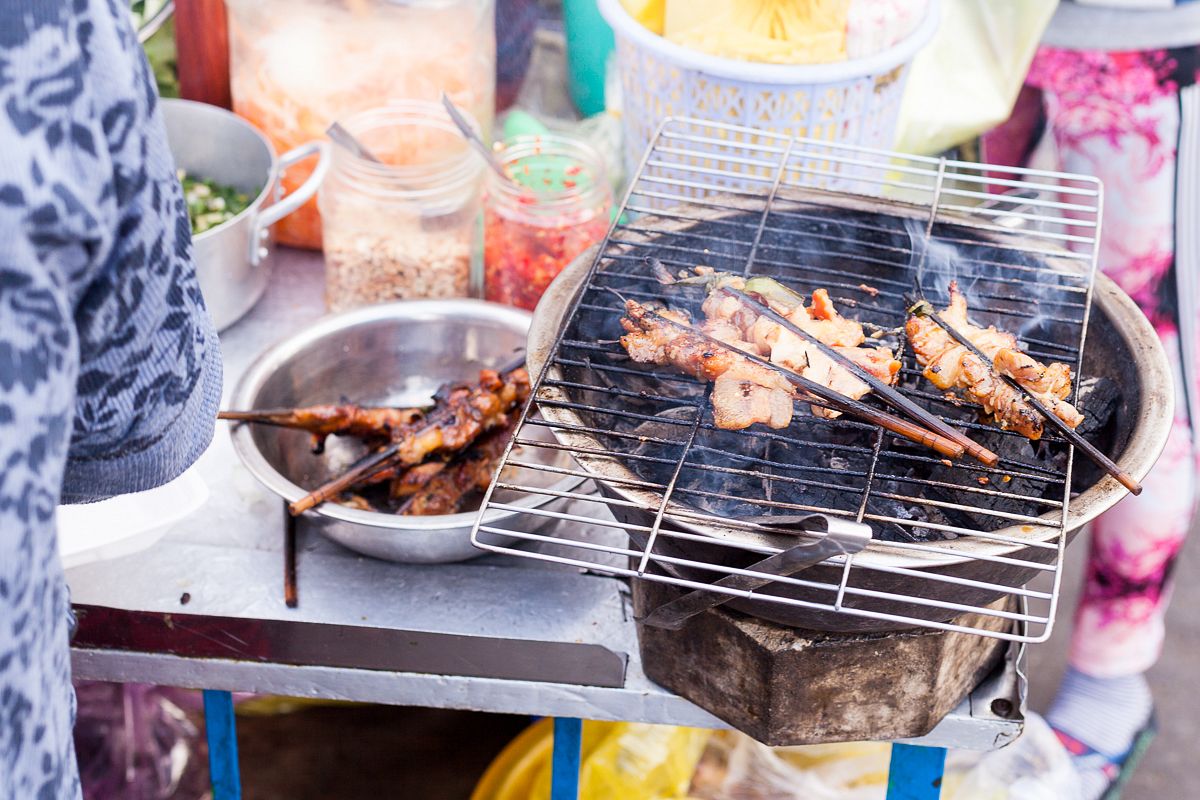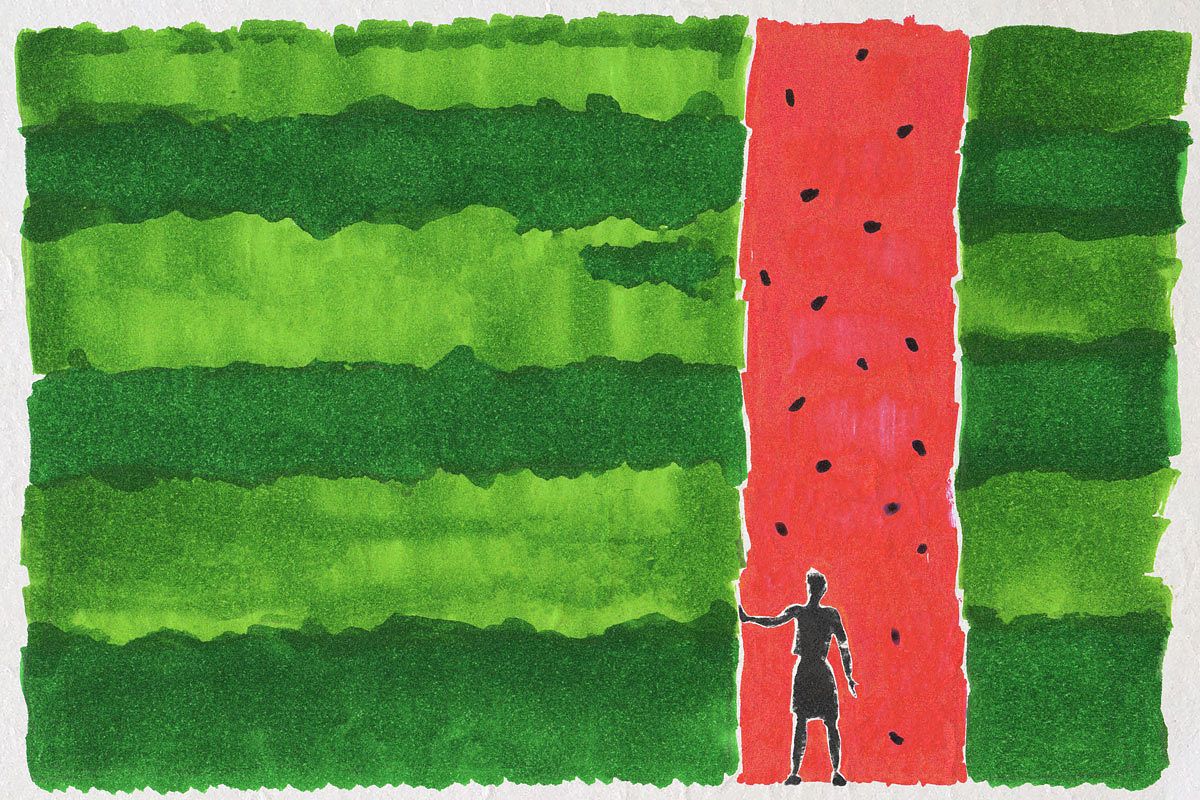Every morning, the corner of Da Lat’s Hoang Dieu and Tran Nhat Duat streets is a mess of plastic tables and rubbish bins, bánh mì crumbs and bodies hunched over small bowls. This particular patch of sidewalk is home to one of the town’s busier bánh mì xíu mại vendors, though there are several of them scattered across the city.
Xíu mại may represent Vietnam’s own unique interpretation of an Asia-wide snack, but it took a long time for these tasty morsels to make their way from the tea houses of China and Inner Mongolia to the cool hills of Da Lat. The origins of this savory morning meal are still debated by some.
The original variety, shumai, or tiny, steamed dumplings, may have first appeared during China’s Song Dynasty (960-1279 AD) along the Silk Road, a trade route where hungry travelers would drop in and snack on a series of small dishes. According to Food for Thought: Dumpling Migration, shumai was one of the original dishes featured in dim sum and is believed to have originated in Guangdong Province. The dish’s Cantonese name literally means “to cook and sell”, a hint that these tasty snacks were typically served in restaurants, rather than prepared at home.
Other sources argue the dish began in the teahouses of Inner Mongolia. The regional trade hub of Hohhot, a centuries-old city whose cooks first prepared shaomai sometime during the Ming (1368-1644) or Qing (1644-1912) dynasties, takes credit for a similar steamed snack.

A modern interpretation of Chinese-style xíu mại. Photo via Gourmet Traveller.
Though it’s hard to say which story is more accurate, both versions of the snack feature a similar composition: meat in the middle and a wheat flour wrapper outside. Hohhot shaomai are made with green onions, ginger, and mutton, and Inner Mongolian cooks also “close” their shaomai by pinching the outer covering into a flower shape, while Cantonese shumai remain “open” at the top, exposing the pork and shrimp filling inside.
Still others allege that shumai actually originated in southern China well before the Song Dynasty and featured pork, shrimp and crab meat as fillings. In all of these origin stories, however, the tiny dumplings traveled across Asia’s trade routes, quelling the hunger of merchants near and far.
Wherever the original version began, shumai/shaomai has since spread across Asia and around the globe. Today, diners in Japan, Indonesia, Vietnam and the Philippines sink their teeth into local versions of the dumplings. Siomai, as they’re known in Filipino culture, are often served as a snack. Indonesia’s siomay bandung, however, represents a bigger departure from the original: instead of pork, these dumplings often feature king mackerel or fish paste for the filling and are drizzled with a spicy peanut sauce.
Vietnam’s rendition is also unique for a couple reasons. First, local xíu mại doesn’t feature a wheat flour wrapper like most other varieties. Instead, Vietnamese meatballs have been consciously uncoupled from these outer coverings, which are replaced with a bánh mì on the side. This delicious dish also comes swimming in sauce, another departure from the original, and often counts tomato in its ingredients.

A bowl of Da Lat-style xíu mại. Photo by Brandon Coleman.
While there’s little information available on the specifics of xíu mại’s evolution or how it became such a fixture of Da Lat cuisine, the dish remains a popular breakfast meal in the highland town and has made its way to a handful of street stalls in Saigon as well. As is true of any roadside snack, xíu mại varies still more between different vendors of the savory treat, but one thing is clear when it comes to these steamed meat snacks: a few centuries into the game, xíu mại is a dish with staying power.















